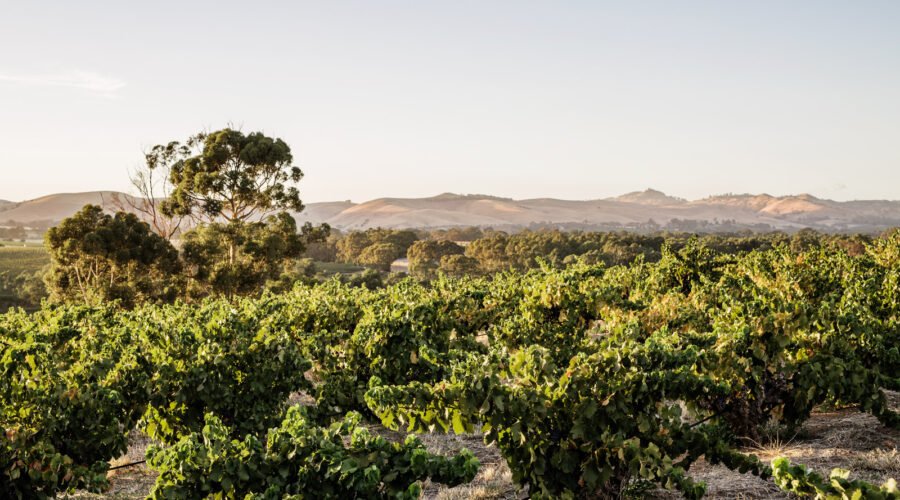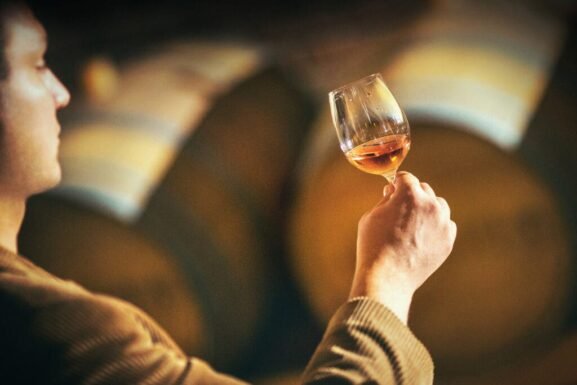Understanding Loam Soil in Wine
In the world of viticulture, not all soil types are created equal—and although some are deemed easier to cultivate than others, they’re not always a walk in the park for those who farm them.
While loam-based soils are the backbone to some of the most fertile vineyards on the planet, knowing how to farm them—and above all, prune their vines—is key.
Sadie Drury, a Walla Walla Valley-based vineyard manager who manages over 300 acres of land in the Pacific Northwest, describes loam as a mix of sand, silt and clay.
“Loam soils generally have decent water holding capacity but are often well-draining, especially series [or types of soils] with less clay content,” she says, and notes that loam is known for being highly fertile and relatively easy to farm.
However, easy doesn’t always mean simple. Dan O’Brien, founder and winemaker of Gail Wines, notes that vines cultivated in loam soils often require a good amount of attention. “Prune, prune, prune,” he says. “Otherwise, your fruit will lack complexity.”
When farmed at lower yields, loam soils can add richness and density to wines’ texture, O’Brien says.
Loam has a high capacity for water retention, but paying attention to productivity is crucial, says Thomas Savre, winemaker at Lingua Franca. “If fertility is too high, then excess vigor can become detrimental to a wine’s quality,” he says.
Loam soils are often found in warmer-climate regions, O’Brien says, like the inland valleys of northern California.
“In Napa, you will most likely find Cabernet Sauvignon planted in loam soils,” he says. “Though on the other side of the Mayacamas in the Sonoma Valley, Merlot also does very well.”
Drury agrees, and adds that many grape varieties can thrive in loam.
“I would argue that many grape varieties do well in all loam series where rainfall is not abundant because irrigation is easily controlled, and the soils are nutritious without being overly vigorous,” she says. In her experience, Cabernet thrives in the more sandy loam soils, whereas Syrah does better in heavier silt loams. “Loam soils can create really balanced, intense and beautiful wines if irrigation and nutrition is handled correctly.”
While the Syrah from France’s Northern Rhône grows in granite, in Australia’s Barossa Valley, where it’s known as Shiraz, it thrives in loam-based soils. When farmed carefully, these soils create the backbone for the region’s plush, full-bodied wines with powerful, fruit-forward flavors.
Published on July 8, 2022



